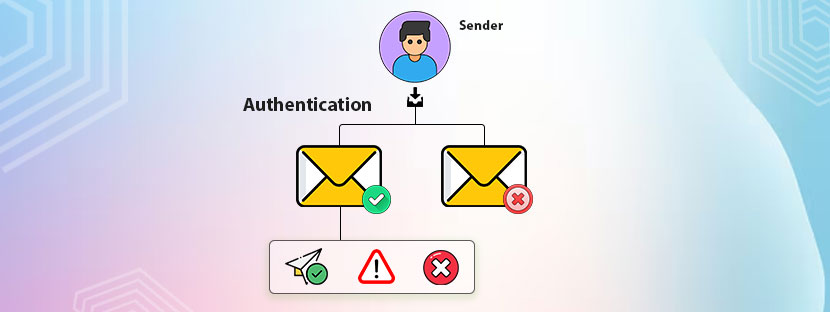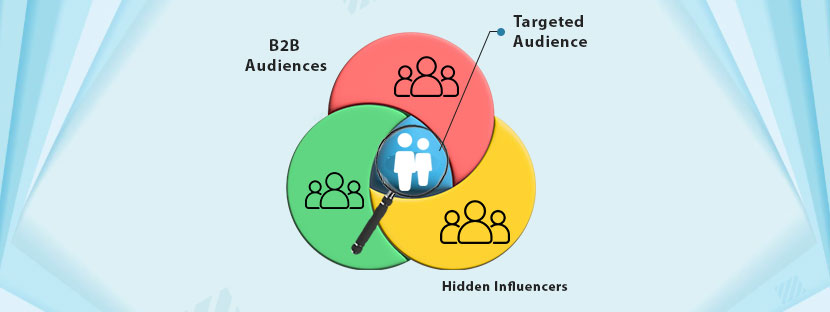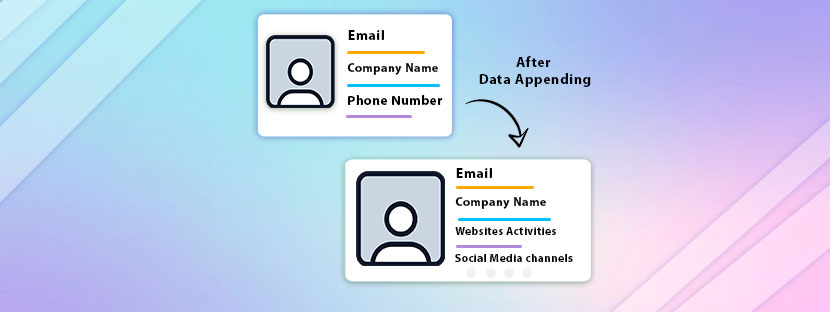In This Article
Email spoofing is tricky and hence used for phishing and other terrible social attacks. If executed well, it’ll be difficult for you to detect it. As a result, your emails can mislead the recipients.
Your email marketing strategies are at stake if you do not have a solid email authentication in place. It’s essential for you to have email authentication to counter email spoofing and phishing activities.
This blog will detail everything about email authentication, how to fix it, and the role of quality email data altogether.
Let’s bring it on!
About email authentication
The main purpose of email authentication involves verifying whether emails are coming from trusted sources or not. This is an elaborate technical process to protect your company as well as your customers and employees from an impersonation attack.

To ensure only the approved senders can use your domain, it relies on DNS-based protocols (eg, SPF, DMARC, DKIM, etc). These protocols prevent users from sending emails to random inboxes. Without these, anybody could send emails that mimic your email ID to anyone. Interestingly, the recipients might not be able to guess any difference. In other words, email authentication prevents any kind of spoofing and phishing activities.
Poor email authentication can increase risks
Impersonation of your brand
In the absence of proper authentication, attackers can send emails that exactly look like the emails that come from your domain. This can be a greater cause for damaging your brand’s reputation, along with customers’ trust. It can all happen without any involvement of your brand from any angle. Fraudsters will stake your brand reputation for their profit, and they gain success if you do not control it. Relying on poor email authentication can put your brand reputation in danger like this.
Successful phishing activities
It’s a shocking truth that phishing email campaigns get more CTR (Click-Through Rate) than others. All this happens because recipients find these emails authentic as they trust the sources (mimic legitimate email sources). Ultimately, the success rate is the highest, and fraudsters get the ultimate benefits because of their successful phishing plans.
Stealing data of customers and employees
The main purpose of phishing is to gain direct access to financial data and personal information. It can cause direct loss to the customers and employees who get trapped in phishing activities. Without any secure email authentication, it can violate security compliance and thus can result in direct data loss to the customers and employees.
Increase spamming activities
Fraudsters can use your email domain multiple times for various purposes that you might not have any idea about. Eventually, your email domain will get blocked by various email service providers, and you’ll end up getting more spam emails. Your track record for sending the right kind of mail will get lost forever, even if you try hard to keep your email marketing activities intact.
Role of data quality in email security
Maintaining data quality is essential for securing a stable and reliable email communication. Plus, it enables user identification and reduces the risk of unauthorized access to your email list. And on top of that, it prevents phishing attacks. It’s your responsibility to maintain complete accuracy in your email addresses to send the right messages to the right inboxes.
Besides that, high-quality clean data helps protect users from malicious emails and improve spam filtering options. Companies that prioritized their data quality maintenance standards have eventually become successful eventually to bring a safer communication environment. Now comes the part: how do you know you are walking in the right direction to bring data quality to your operations?
How to fix your email authentication
For better and optimized email marketing and to secure your email domain, you need to authenticate your email first. A certain set of things you need to do immediately in order to protect your email domain from fraudsters. You need to follow these things to fix your email authentication.
Implement Sender Policy Framework (SPF)
On behalf of our domain, SPF specifies which IP addresses to send emails from. It authorizes those IP addresses to send your domain mail and vice versa. With SPF activation, you can only receive emails from authorized access and send emails to authorized domains. It prevents unauthorized servers from delivering you fraudulent messages.
DKIM (Domain Key Identified Mail) Setup
To confirm that emails are coming from your domain, DKIM uses cryptographic signatures. It also prevents tampered emails from hitting the inboxes. The main objective of DKIM is to verify whether messages that come from your domain are intact or not. It detects and blocks messages that have been altered or tampered with.
Enable DMARC (Domain-based Message Authentication, Reporting, and Conformance)
Keep your email domain safe with the integration of SPF, DKIM, and DMARC. It will help you handle unauthenticated emails and prevent potential abuses in real time.
Prevent phishing attacks with email authentication.
If emails represent your brand’s digital presence, email authentication is your brand’s digital signature. It’s tough for cybercriminals to impersonate you if it is working well. However, for that, you need to configure email authentication like SPF, DKIM, DMARC, etc, with the right measurements. This will reduce the chances of phishing activities in your emails. So, you need to set high standards in order to prevent scammers from maligning your domain.











